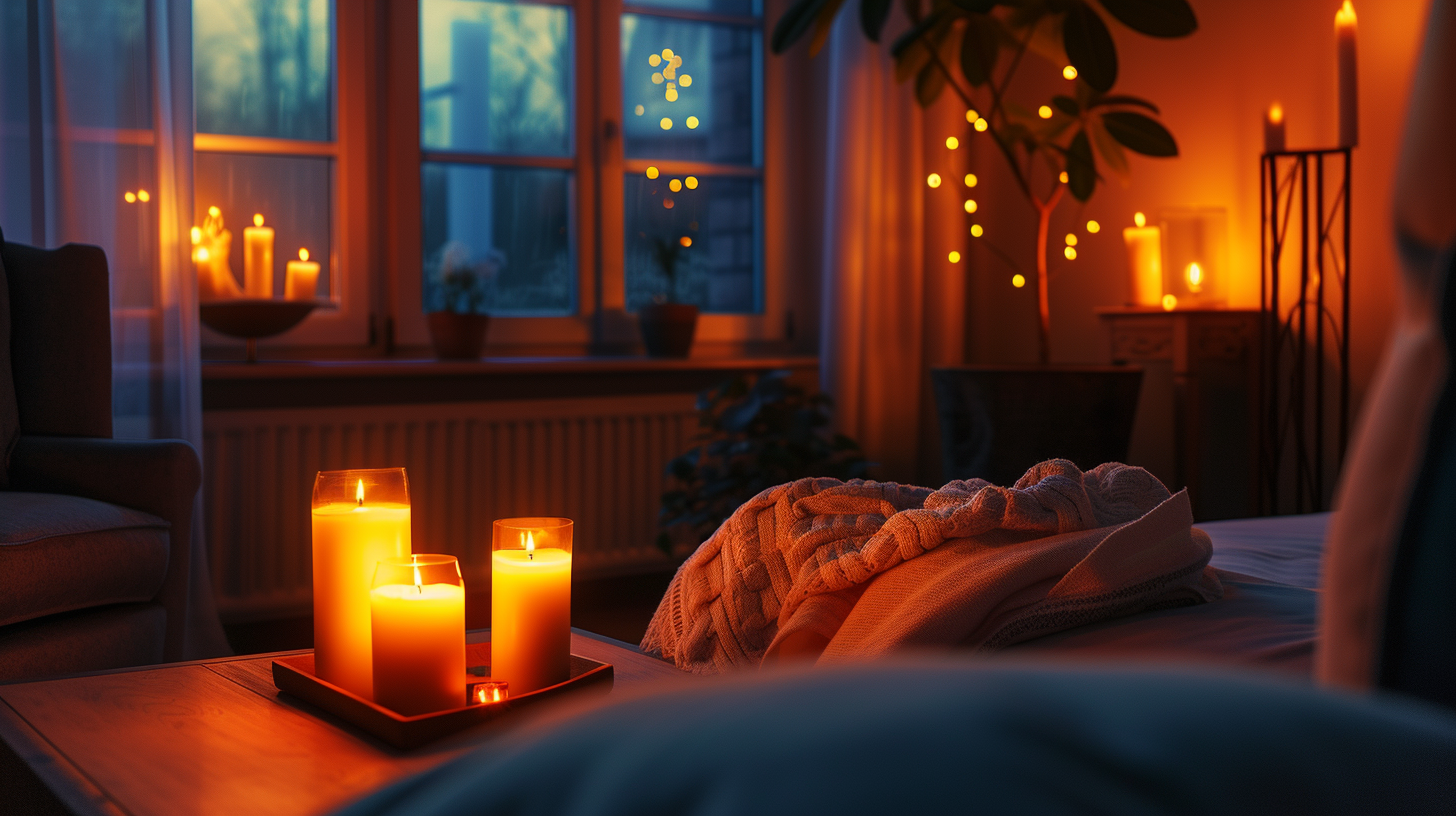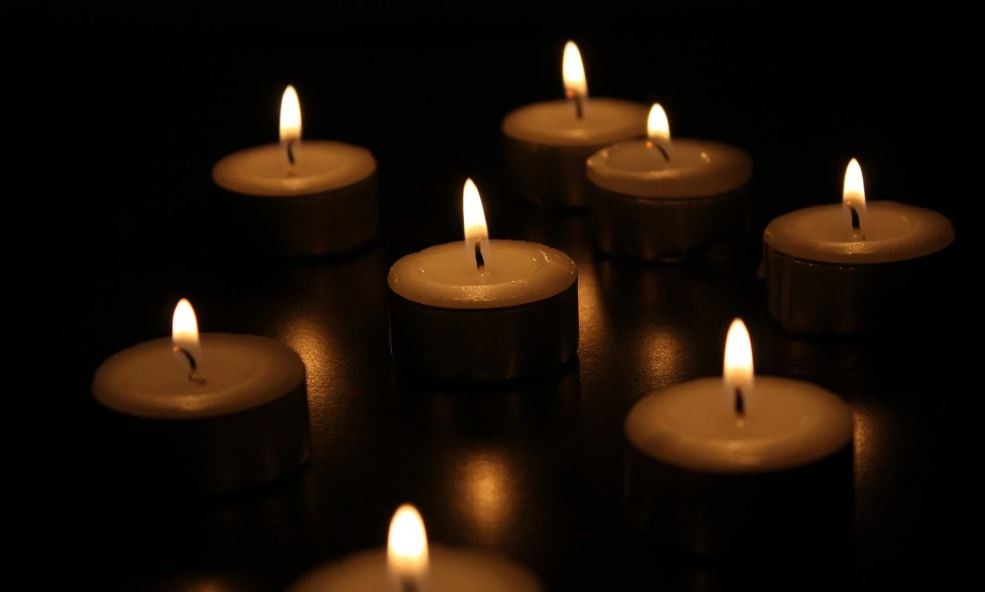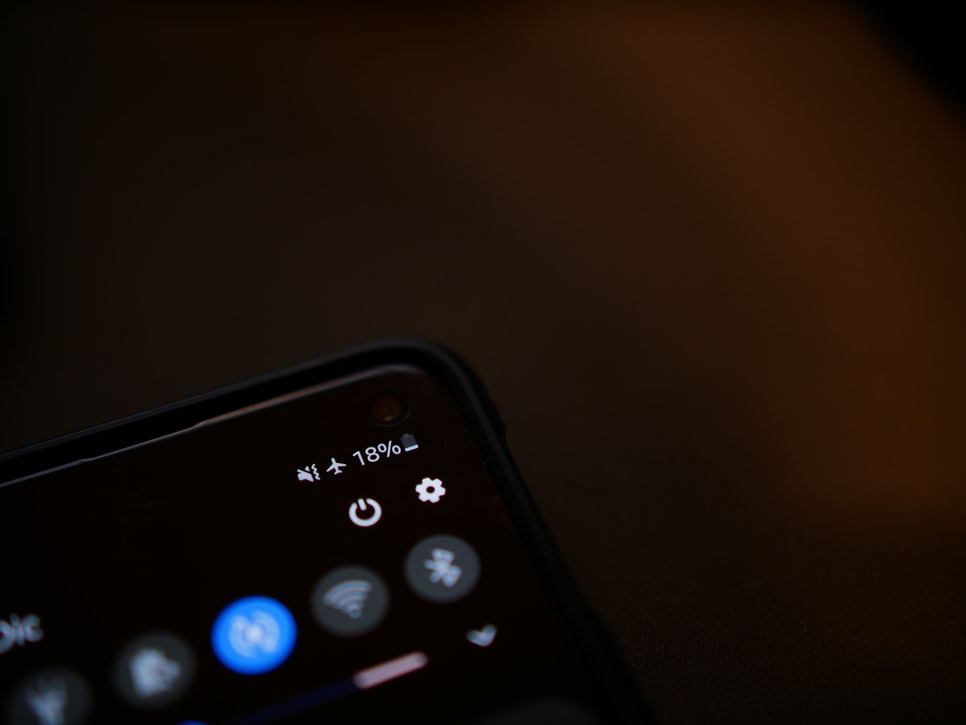How to Set Up a Home Emergency Lighting Kit
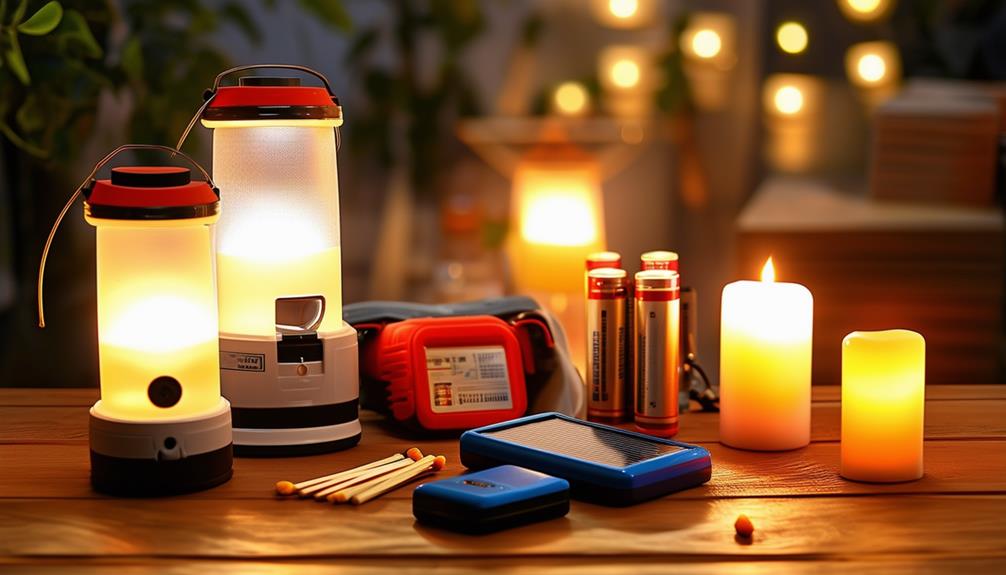
When setting up a home emergency lighting kit, start by identifying the key areas that will require illumination during power outages. Consider the rooms and pathways you'll need to navigate safely in the dark.
Once you've pinpointed these locations, choose the right types of lights, such as energy-efficient LEDs or portable lanterns. Gather all necessary supplies and plan the optimal placement for each light. By following these steps, you can ensure your home emergency lighting kit is both effective and reliable.
Steps to Ensure an Effective and Reliable Kit:
- Identify Key Areas: Determine which rooms and pathways are most critical for safe navigation during a blackout.
- Select Appropriate Lighting: Opt for energy-efficient options like LEDs or portable lanterns that offer long battery life and brightness.
- Gather Supplies: Make a checklist of all needed items, including batteries, chargers, and additional bulbs.
- Plan Placement: Strategically place lights in areas that provide maximum illumination, ensuring that they are easily accessible.
- Test Regularly: Periodically test each light to ensure it's functioning correctly and replace batteries as needed.
- Keep Instructions Handy: Store a set of instructions for operating and maintaining each type of light in your kit.
Assess Your Lighting Needs

Start by identifying the key areas in your home that require emergency lighting, such as hallways, staircases, and entryways. These areas are crucial for safe navigation during power outages. To effectively evaluate your lighting needs, consider the size and layout of your home. The number of lights required will depend on these factors, ensuring adequate coverage in all critical areas.
Next, assess the available power sources for your emergency lighting. Options include batteries, solar panels, or rechargeable units. Each power source has its advantages and disadvantages, so choose one that best fits your situation and is reliable during extended outages.
Additionally, consider the types of emergencies you might encounter, as this will impact the brightness level needed for each light. For example, in severe weather conditions, you might need brighter lights to see clearly. Ensure your emergency lighting kit includes lights with appropriate brightness levels and durations to meet these needs.
Choose the Right Lights
When selecting lights for your home emergency lighting kit, prioritize LED options for their energy efficiency and durability. LED lights consume less power and provide long-lasting illumination, making them ideal for emergencies. They come in various forms, allowing you to choose the best ones for your needs.
Consider including these four types of lights in your kit:
- Portable Battery-Operated Lights: These lights are invaluable during power outages. They're easy to use, portable, and ensure you have light wherever it's needed.
- Motion Sensor Lights: These lights enhance safety by automatically illuminating key areas when they detect movement, helping you navigate your home during emergencies.
- Lights with Adjustable Brightness: The ability to adjust brightness settings is crucial. It allows you to cater to different lighting needs, whether illuminating an entire room or a specific area.
- Variety of Light Sources: Ensure your kit includes different types of lighting solutions, such as flashlights, lanterns, and headlamps, to effectively cover a range of situations.
Gather Necessary Supplies

Gathering the appropriate supplies for your home emergency lighting kit ensures you're prepared for any unexpected power outages. Start with a reliable flashlight and extra batteries, guaranteeing immediate light when the power goes out.
Next, include portable lanterns or battery-operated lights for broader illumination throughout your home, especially in larger areas or multiple rooms. Consider adding solar-powered lights to your kit. They're sustainable and provide long-lasting lighting options without requiring frequent battery replacements.
While emergency candles can be used as a backup, they should be handled with care and proper ventilation to avoid fire hazards. Glow sticks are another excellent addition, offering temporary lighting when other sources are unavailable.
For a more permanent solution, consider installing emergency lighting systems. These systems often include lights that automatically activate during power failures. Ensure each emergency light is connected to your home's electrical wiring and placed strategically for effective coverage.
Plan Light Placement
After gathering your emergency lighting supplies, it's crucial to plan their placement strategically throughout your home to ensure optimal visibility and safety during power outages. Start by identifying key areas where emergency lights are essential, such as hallways, staircases, and entryways.
To enhance the effectiveness of your emergency lighting setup, follow these guidelines:
- Position lights near exits and escape routes: Place emergency lights close to doors and windows to facilitate quick and safe evacuation.
- Cover high-traffic areas: Ensure that spaces like the living room, kitchen, and bathrooms are well-lit, as these are frequently used by your family.
- Illuminate dark areas: Install lights in closets, basements, and other dim corners to prevent accidents and provide hands-free illumination.
- Space lights appropriately: Ensure proper spacing between lights to cover necessary areas without leaving dark spots.
Install Lighting Fixtures
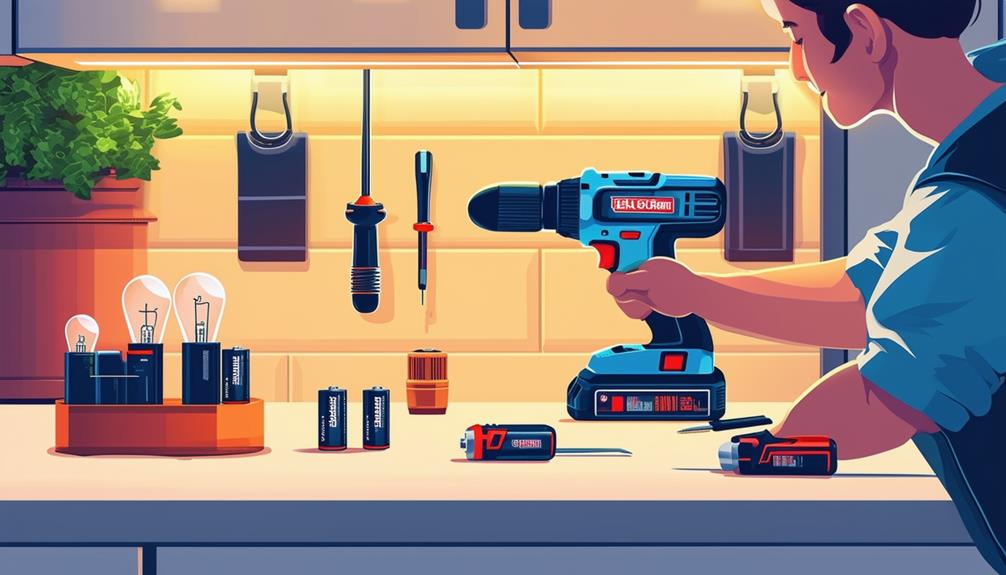
When installing emergency lighting fixtures, it is important to start by selecting energy-efficient LED lights. This choice can help extend the battery life of the fixtures. Focus on positioning the lights in critical areas such as hallways, staircases, and exits. These are key locations where visibility is crucial during emergencies. Ensure proper wiring is in place to connect the fixtures to a reliable power source. Conduct thorough testing of the lights to confirm their functionality and reliability in case of emergencies.
Choose Light Types
To ensure your home emergency lighting kit is both efficient and dependable, choose LED lights for their energy-saving and long-lasting properties. LED lights consume less power and have a longer lifespan compared to traditional bulbs. When selecting lights for your kit, consider the following options:
LED Lights:
- These are the best for energy efficiency and longevity. They provide bright illumination and are ideal for emergency situations.
Battery-Operated Lights:
- These lights ensure that you have a light source during power outages. They're easy to install as they don't require wiring.
Solar-Powered Lights:
- These are a sustainable option, as they recharge using sunlight, offering additional reliability during prolonged outages.
Plug-In Lights with Battery Backup:
- These lights function normally when plugged in but switch to battery power during a blackout.
Install lighting fixtures in key areas such as hallways, stairwells, and entryways to ensure comprehensive coverage. During installation, ensure all wiring and connections are secure for safety and functionality. Regularly test the lights to confirm they're in working condition and ready for any emergency.
Install Properly
Proper installation of emergency lighting fixtures is crucial to ensure they provide reliable illumination during power outages. Begin by selecting appropriate emergency lights based on the size and layout of your home. Follow the manufacturer's instructions meticulously to mount the emergency lights securely on non-flammable surfaces, ensuring they remain in place and function correctly when needed.
If you're unfamiliar with electrical wiring, consult a qualified electrician. An electrician can guide you on safely connecting the emergency lights to your home's electrical system, a critical step to avoid potential hazards and ensure compliance with safety regulations.
Once the emergency lights are mounted and wired, test the system to confirm they illuminate correctly and are ready for emergencies. Regular testing and maintenance are essential to keep your emergency lighting system dependable.
Set Up Power Sources
Start by selecting reliable power sources like rechargeable batteries, generators, or solar panels to ensure your home emergency lighting kit is always ready. These options guarantee your emergency lights remain operational during a power outage and can be integrated into your electrical system to keep vital areas, such as exit signs, illuminated.
To get started, follow these steps:
- Select Rechargeable Batteries: These are efficient and easy to interchange. Keep several sets charged and stored for immediate use.
- Consider a Generator: A generator offers a robust backup power option. Ensure it's compatible with your home's electrical system and capable of handling the required load.
- Install Solar Panels: Solar panels provide a sustainable power source, especially useful during prolonged outages. They help reduce reliance on traditional power sources.
- Prepare Backup Options: Always have spare batteries or an alternative charging method. This redundancy ensures continuous illumination.
Ensure your power sources are easily accessible and fully charged. Regularly check wires and maintain clear paths to exit signs to avoid hazards.
Test and Maintain Lights
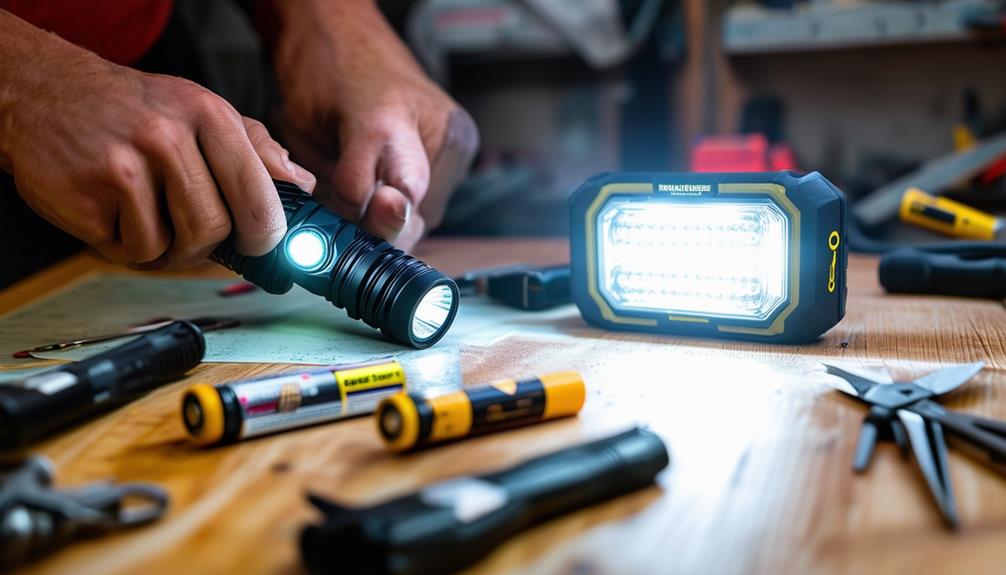
Regularly test your emergency lights to ensure they function correctly during a power outage. Conduct monthly tests by simulating a power failure to verify that the backup battery activates as expected. This proactive approach helps identify potential battery failures before they become problematic. Always keep spare batteries on hand to stay prepared for emergencies.
During these monthly tests, inspect the emergency lights for any signs of damage, discoloration, or wear and tear that could affect their performance. Address any issues immediately to maintain their reliability.
Document all maintenance activities and test results. Detailed records serve two purposes: tracking the condition of your emergency lights over time and meeting compliance requirements, should you need to provide proof of regular maintenance.
Regular maintenance encompasses more than just replacing batteries or fixing issues; it also involves ensuring your emergency lighting system remains in optimal condition. By diligently performing these tasks, you'll ensure your home is well-prepared for any power outage.
Educate Household Members
Ensure all household members know how to operate emergency lights, including flashlights and lanterns. Show them where the emergency kit is stored for quick access during a power outage.
Regularly practice using the kit to ensure everyone is comfortable and prepared.
Emergency Light Operation
Teaching your household members how to operate emergency lights is crucial for ensuring everyone's safety during power outages. Start by explaining the importance of emergency lights, as they provide visibility and security when the power fails.
Here's a straightforward guide to help everyone get familiar with the operation of emergency lights:
- Show how to activate the lights: Demonstrate how to turn the lights on and off. Ensure everyone knows the location of the power button or switch.
- Check battery levels: Instruct your family members to regularly check the battery levels of the emergency lights. Show them how to replace or recharge the batteries when necessary.
- Conduct emergency drills: Practice emergency drills to ensure everyone can quickly and efficiently locate and use the emergency lights.
- Emphasize safety: Highlight the role of emergency lighting in maintaining safety and preventing accidents during power outages.
Location and Accessibility
Ensure everyone in your household knows exactly where the emergency lighting kit is stored for quick and easy access during a power outage. Position your emergency lights in a central and easily reachable location. A central spot ensures that all household members can quickly access it when the lights go out.
Educate everyone in your home about the kit's location and importance. Each person should know how to operate the emergency lights, including how to activate them and replace batteries if necessary. Demonstrating these steps beforehand will prevent confusion during actual power outages.
To improve accessibility, consider placing additional portable emergency lights in key areas such as bedrooms, hallways, and the kitchen. This ensures that even if someone can't reach the main kit immediately, they'll have light sources nearby.
Regularly check and maintain your emergency lighting kit to ensure it's always ready for use. This includes testing the lights, replacing dead batteries, and ensuring all components are in working order.
Conclusion
You've now got all the tools and knowledge to set up your home emergency lighting kit.
By evaluating your needs, choosing appropriate lights, gathering supplies, planning placement, installing fixtures, setting up power sources, and regularly testing and maintaining everything, you're ensuring your home stays safe during power outages.
Don't forget to educate everyone in your household so they know what to do.
With these steps, you'll be well-prepared for any emergency.


